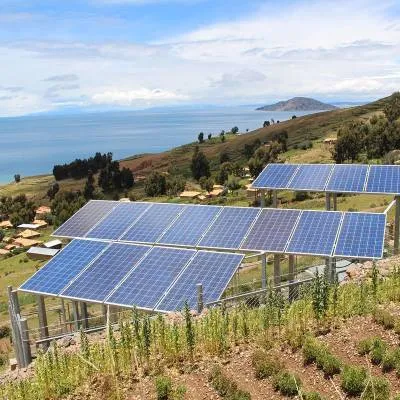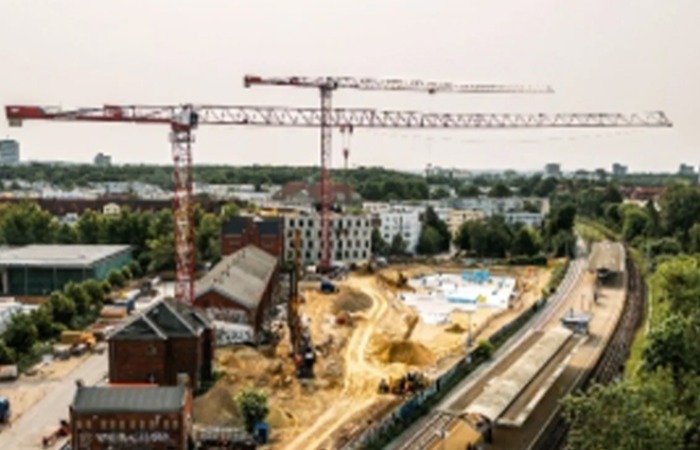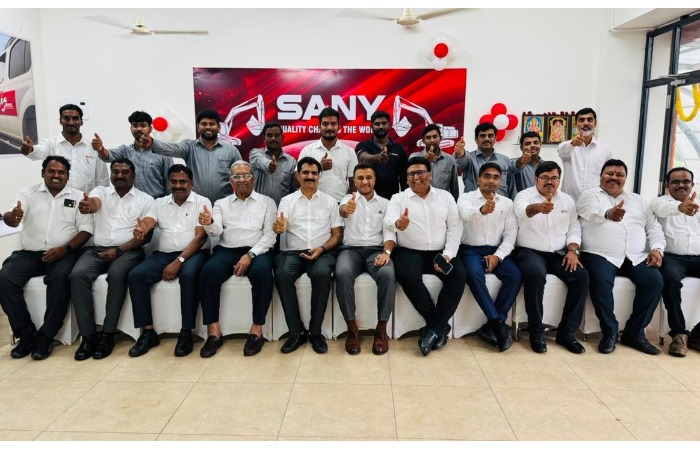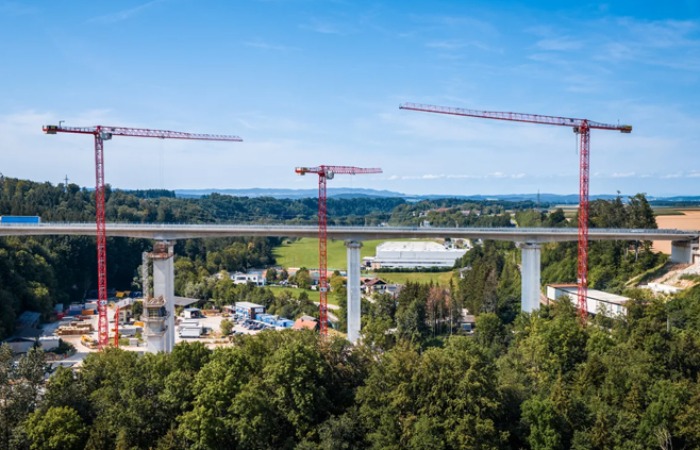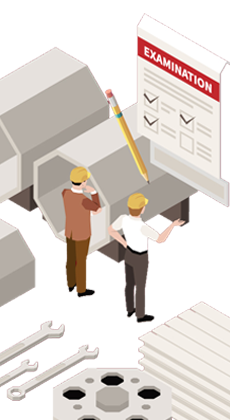Schedule a Call Back
AI & ML: Revolutionising Business Optimisation
 With changing sensor technology, data availability is becoming much more affordable and available on real time basis. This coupled with computing capability, AI and ML is becoming a tool to create pattern and transfer functions for better prediction of the outcome and optimising the process. We at Wipro have attempted and realised benefits in the demand forecasting, engineering, enhancing product features for better product life and in operations to de-skill and better our output. Below are a few use cases.
With changing sensor technology, data availability is becoming much more affordable and available on real time basis. This coupled with computing capability, AI and ML is becoming a tool to create pattern and transfer functions for better prediction of the outcome and optimising the process. We at Wipro have attempted and realised benefits in the demand forecasting, engineering, enhancing product features for better product life and in operations to de-skill and better our output. Below are a few use cases.
Demand forecasting using AI
In today’s ever-changing business environment, precise sales forecasting stands as a crucial factor for companies striving to optimise resources, manage inventory effectively, and meet customer demands efficiently. At Wipro, we rely on advanced artificial intelligence (AI) techniques, specifically SARIMAX (Seasonal Autoregressive Integrated Moving Average with Exogenous regressors), to forecast customer sales with accuracy and confidence. This entails predicting upcoming three-month domestic sales across various segments like BHL, excavator and tractor domestic sales, customer wise and application wise.
SARIMAX emerges as a robust time series forecasting model, integrating autoregressive (AR), moving average (MA), and exogenous (X) variables to capture intricate patterns and seasonal variations within the data. Unlike traditional ARIMA models, SARIMAX allows us to include external factors—such as economic indicators or marketing campaigns—into our sales forecasts, enhancing adaptability to our business requirements. By analysing sales data from OEMs and other relevant sources, we derive forecasts for the next three months. The algorithm we’ve developed ensures data cleanliness and conducts initial statistical analysis. Subsequently, it checks for stationarity using the ADF test—a prerequisite for accurate time series forecasting. We then visualise seasonality and trends, ensuring that the residual series exhibits no correlation.
Determining the optimal parameters (p, d, q, P, D, Q) and seasonal period (m) involves iterative testing of all possible combinations to minimise the root mean square error (RMSE) and avoid excessive differencing or overfitting. The parameters p, d, and q represent the autoregressive (AR), differencing (I), and moving average (MA) components, respectively, in a SARIMA model. They denote the number of lag observations; differences needed for stationarity, and lagged forecast errors in the model. Similarly, capital letters P, D, and Q denote the seasonal AR, differencing, and MA components, respectively, representing the seasonal counterparts of the lowercase parameters. These parameters are crucial in determining the order of the SARIMA model and capturing the seasonality, trend, and cyclic behaviour in time series data for accurate forecasting. This meticulous approach enables us to generate forecasts that inform strategic decision-making and drive business success.
Exploring the capability of AI in design selection
In our pursuit of precision and efficiency in part searching, our team used the power of machine learning, using sophisticated algorithms to develop a robust system. This system identifies components based on known variables while minimising deviations by assigning weights to each deciding parameter.
Our machine learning model carefully analyses various factors, such as dimensions, pressures, and performance specifications, to optimise the search process. By assigning appropriate weights to each parameter based on its significance, our system ensures that selected components closely align with desired criteria. The accompanying app provides a user-friendly interface where users input parameters like pressure and dimensions. Internally, the system determines the best components based on parameter weights, allowing users to make economical choices by considering cost. The underlying algorithm focuses on minimising weighted errors to optimise part selection.
This not only speeds up the search process but also enhances precision, reducing errors and maximising efficiency. As a result, our team confidently navigates part selection complexities, delivering superior products and services to customers while driving innovation in hydraulic cylinder manufacturing.
AI&ML in de-skilling operation
In the realm of advanced technology like deep learning, we explore different methods to help us understand data better and make accurate predictions. One of these methods, called Artificial Neural Networks (ANNs), is like a complex network of interconnected parts that work together to solve problems. ANNs break down our complex problems into smaller steps, with each step being like a different part of the solution.
In our efforts to improve quality control at ACME grinding machines, our team worked to create a special kind of ANN. This ANN is designed to help us find the best settings for six important offset values that impact the output of the process. We use information from our records to make smart decisions about these settings. By looking at things like rod size, belt use, and the size we want the finished product to be, our ANN figures out the best settings to use.
Through lots of practice and fine-tuning, our ANN learns from the data we give it. It looks for patterns and connections in the information, getting better at making predictions over time. This way, our ANN helps us make sure we're using the right settings to avoid mistakes and produce top-quality results in our grinding operations. This journey shows our dedication to using the latest technology to improve how we work and deliver great products to our customers. Through this we aim at reducing the defects in the produced rod and in turn enhance the quality of our product.
With the initial success in different areas, we are confident in taking AI for not only solving the business problem but get the efficiency from the process.
ABOUT THE AUTHOR:
The article is authored by Jugal Prasad, who is Vice President and Head for R&D and Quality at Wipro Hydraulics.


Subscribe Now
Subscribe to our Newsletter & Stay updated
RECENT POSTS
Popular Tags
Folliow us
Related Stories
Liebherr Cranes by Riedel Bau AG Drive ULMICUM Project in Rostock
On the historic Ulmenstraße campus of the University of Rostock, the ULMICUM complex is taking shape, encompassing a library with seminar centre...
SANY India Expands Presence in Southern India
SANY, the leading manufacturer of construction, mining, road, logistics & energy equipment, in collaboration with its authorised dealer Madhu...
Three WOLFF Cranes Enable Spectacular Aurach Valley Bridge Project
After over three years of construction, the new Aurach Bridge near the Regau junction opened to traffic in early September. Three WOLFF 7534.16 C...

